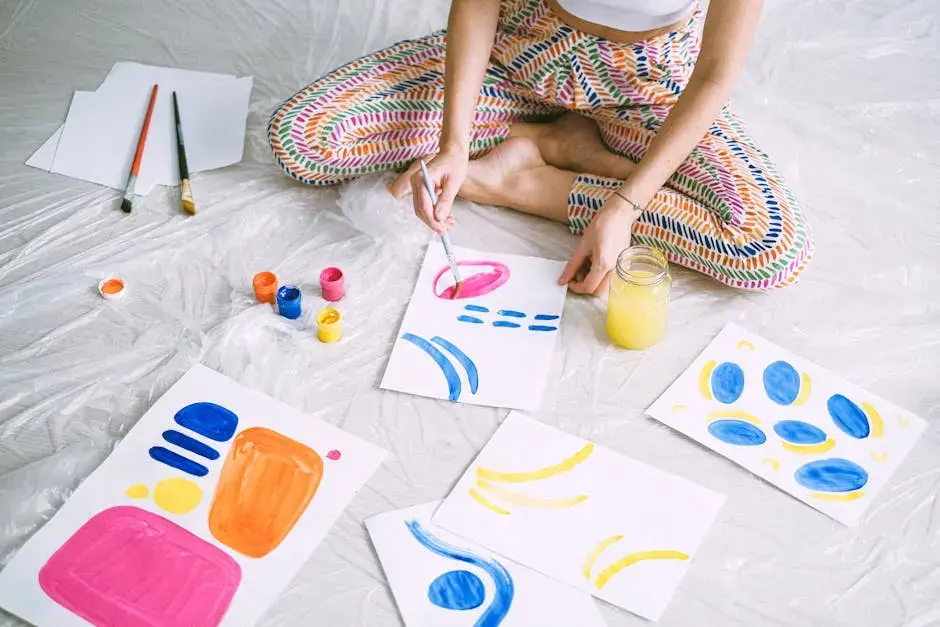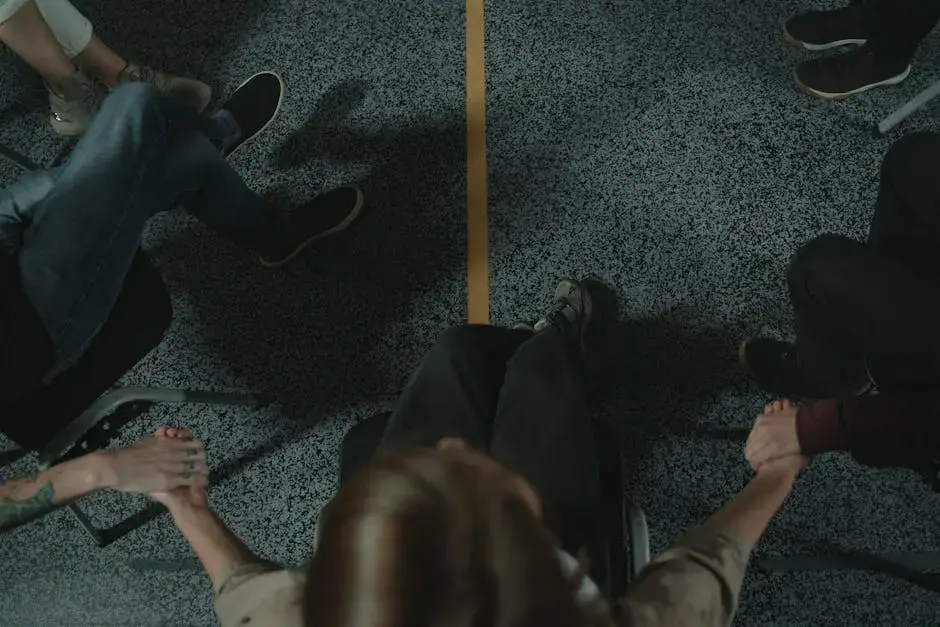Healing Trauma with Art Therapy Psychology Techniques
- Karrie Stafford

- Feb 14
- 4 min read
Art therapy psychology offers a unique pathway to healing trauma. By harnessing the power of creativity, individuals can explore their emotions and experiences in a safe space. In this blog, we'll explore how art therapy techniques can aid in processing trauma and fostering resilience.

Understanding Trauma and Its Effects
Trauma can affect individuals in profound ways, manifesting emotionally, mentally, and physically. Understanding how trauma impacts the mind and body is crucial in crafting effective healing approaches.
The effects of trauma are not always immediately apparent. Often, they linger below the surface, influencing behavior and emotional responses in ways we may not even recognize. This underscores the importance of deepening our understanding of trauma to facilitate true healing.
Additionally, the social context in which trauma occurs plays a significant role. Victims may grapple with societal stigma, which can further perpetuate feelings of isolation and shame. Creating a supportive community can be essential in alleviating these burdens and promoting recovery.
What is Art Therapy?
Art therapy combines the creative process with psychological theory to help individuals express their emotions and experiences. It's a therapeutic tool that can be incredibly effective in addressing trauma.
An important aspect of art therapy is that it transcends verbal communication. For many, especially those who have experienced trauma, articulating feelings in words can be challenging. Art becomes a visual language—one that speaks volumes in ways dialogue may not.
By engaging with various artistic mediums, individuals often find a sense of empowerment. The act of creating is inherently therapeutic; it allows for exploration and experimentation, fostering a deeper connection between the mind and body.
The Role of Creativity in Healing
Creativity allows individuals to explore and articulate their feelings in ways that words often cannot. Engaging in creative activities can unlock emotions and lead to deeper self-discovery.
The beauty of creativity lies in its uniqueness; every person has their distinct expressive style. Whether it’s through painting, sculpture, or even dance, each medium offers a different route to understanding and processing grief, anger, or fear associated with trauma.
Moreover, creative expression can serve as a powerful catharsis. Many find relief in visualizing their emotional states, allowing them to confront feelings that may have felt overwhelming when simply left unexamined. This process contributes significantly to rebuilding self-esteem and a sense of control.
Key Art Therapy Techniques for Trauma Healing
Various art therapy techniques can aid in trauma recovery, including drawing, painting, and collage. These methods enable individuals to visualize their experiences and emotions, facilitating healing and understanding.
One popular technique is guided imagery, where an individual visualizes a safe space while creating art. This allows them to express emotions related to trauma in a structured and supportive environment. Integrating elements of storytelling can also deepen the connection to one’s art.
Another effective method is journal therapy, which combines writing with visual art. This multidimensional approach can clarify feelings and gather insights that might have been obscured by trauma. It invites individuals to look inward and observe their emotional processes over time.
The Science Behind Art Therapy Psychology
Research supports the efficacy of art therapy in reducing symptoms of trauma. Understanding the psychological principles that underlie these techniques can enhance their application in healing.
Various studies have revealed that engaging in art therapy can significantly lower anxiety and depression levels. It triggers neurobiological responses in the brain, stimulating areas that promote emotional regulation and resilience.
Additionally, the hands-on aspect of creating art activates fine motor skills and brain areas associated with sensory processing. This multisensory engagement helps anchor individuals in the moment, often alleviating symptoms of dissociation linked to trauma.
Real-Life Success Stories
Shared experiences from individuals who have benefited from art therapy can inspire others. These stories showcase the potential for healing and personal growth through creative expression.
Take Sarah, for instance, who used art therapy to navigate her recovery from a traumatic event. Through painting, she was able to depict her fear and frustration, ultimately transforming those emotions into a powerful mural that celebrated resilience.
Similarly, Mark found solace in collage-making during his therapy sessions. By piecing together images that resonated with his journey, he created a visual narrative that highlighted both his struggles and triumphs. His journey illustrates that art can be a bridge to reconnecting with oneself.
How to Get Started with Art Therapy
If you're interested in exploring art therapy, it's essential to find a qualified therapist or consider individual practices that can be done at home. Starting your healing journey can be as simple as gathering art supplies and allowing yourself to create.
You don't need to be an artist to start—what matters is the act of creation itself. Simple activities such as coloring, doodling, or even crafting can serve as gateways into your emotional landscape.
Moreover, joining a local art therapy group can provide structure and support. Connecting with others who share similar experiences creates a sense of community, reinforcing that you’re not alone in your journey.
Embrace Your Healing Journey with Art Therapy
Incorporating art therapy psychology techniques into your healing journey can be transformative. These methods provide an accessible way to express emotions and uncover insights that might otherwise remain hidden. Whether you're seeking to heal from past wounds or looking to deepen your self-awareness, art therapy can be a valuable tool on your path to recovery.




Comments